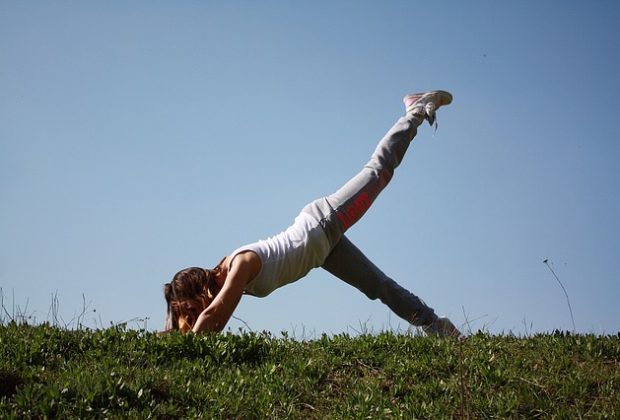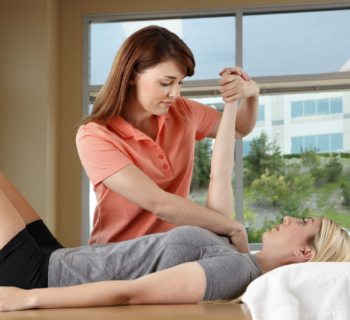When you feel that you want to exercise outside, then you have to get some certain things straight. Your attire for the exercise matters a lot to the weather, but apart from that, it is important you dress comfortably and warmly. www.norwell.dk, although it helps the body, it is one activity that requires comfortability more than fashion.
Tips to Outdoor Exercise
· Dress Warmly
Before starting any physical activity outside, appropriate clothing is required.
Let's start at the top. At least, three layers of clothing are needed.
The first, the so-called transpiring layer, is in contact with the skin. It allows not to be wet by perspiration.
The second is an insulating layer, a polar type. It helps to maintain the heat. Finally, the third protects from cold, wind or rain.
For the bottom, long pants and tight, legging type or underpants, are preferred. They help to keep warm joints, tendons, and muscles sensitive to cold.
· Protect Your Ends
Head, hands, ears, and feet: your extremities should be covered during a physical exercise outdoors. It is necessary to protect these parts of the body as much as possible because the blood circulation can be less important there.
Beanies, gloves, and socks are essential accessories to wear.
It is largely through the head that the heat disperses. By covering his head, you will preserve the heat of your body. Avoid getting cold in your head to keep your feet warm.
The hands need protection to keep them free from frostbite, resulting from vasoconstriction. They can be without much gravity, but they remain painful. Nevertheless, they should not be neglected. In the most extreme cases, frostbite can lead to necrosis (cell death) or even amputation.
As for cycling enthusiasts, do not forget to wear glasses because of the corneal lesions caused by the wind.
· Warm Up Well
Warmly dressed, you can start the training with special attention to warm-up. This phase of the exercise is crucial. In cold weather, the muscles and the body take longer to find their tone. The muscles heat up less quickly.
If the warm-up is not performed properly, complications may occur. When the effort intensifies, problems of elongation or muscle tears. If you prefer a more enjoyable warm-up, doing your physical preparation indoors is an alternative.
· Feed and Hydrate Yourself
In winter, feeling thirsty is not felt during the effort. Nevertheless, it is important to hydrate yourself.
The cold increases the energy expenditure related to the effort and also to the production of heat by the body. For better resistance, it is imperative to consume carbohydrates contained in starchy foods (pasta, rice) before the effort because they take longer to be assimilated.
However, it is not recommended to drink cold drinks during and after exercise because they cause digestive spasms. As for hot drinks, it is not necessary to drink more. Their only virtues are to rehydrate and warm the body.
In the case of the prolonged effort of four to five hours, salt and sugar intake is necessary. Fruit juice or a cereal bar is a good way to keep the effort smooth. To consume with moderation, do not forget, in the effort, water remains your best ally.
Cardiac And Asthmatics: Redouble Vigilance
The cold is a hostile environment for people suffering from heart and respiratory diseases.
Usually, in very cold weather, the body must put extra effort into maintaining its normal temperature at 37 ° C. To prevent the body from cooling down, it concentrates all its heat in the center of the body. A reflex of survival that is not without consequence on the heart. It starts beating too fast, and the flow of blood to the pump becomes too important. This can cause heart failure.
In people with weak heart and lungs, an intense effort in very cold weather can have a boomerang effect. The pathology can violently resurface if the patient lacks vigilance during his treatment.
Heart Patients May Have Angina Pectoris or Even Heart Attacks.
As for people with asthma, a cold and dry climate makes their lungs more fragile. It causes narrowing of the bronchi, which can cause an asthma attack. Especially since during the effort, it is difficult to breathe through the nose, and it is through the nasal passages that the air warms to reach good temperature in the lungs. The mouth does breathing. The air is not warmed up. It arrives cold and dry in the lungs.
To limit asthma attacks in winter, during the exercise, there is a small trick of wearing a collar to create a humid world.
Cardiac and asthmatic, stay cautious and keep your course of action.





















